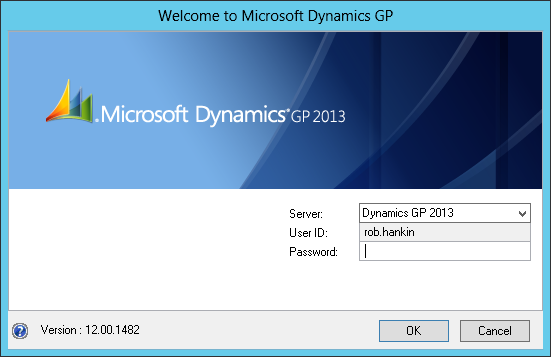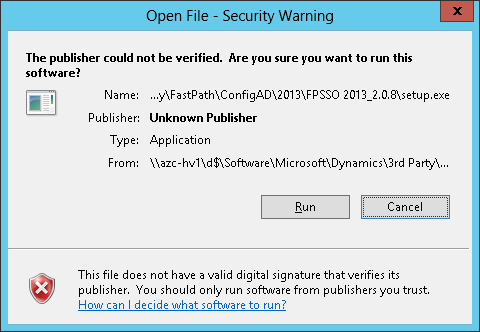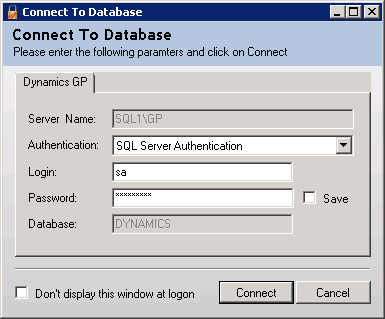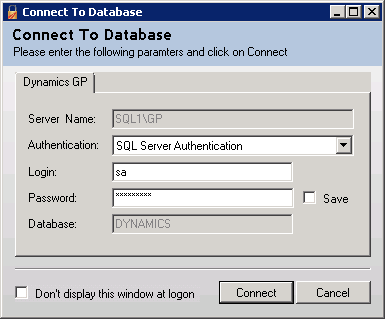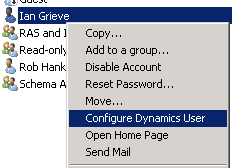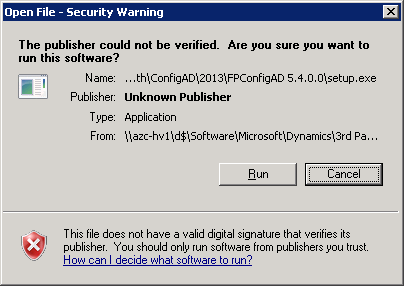 In this series of posts I’m going to take a look at the Config AD product from Fastpath which adds single sign-on to the Dynamics GP desktop client; you can find my series index here.
In this series of posts I’m going to take a look at the Config AD product from Fastpath which adds single sign-on to the Dynamics GP desktop client; you can find my series index here.
With the service installed, the next stage is to configure the service. This is done by accessing Config AD and then opening the Config AD Options () and then select the Service tab:
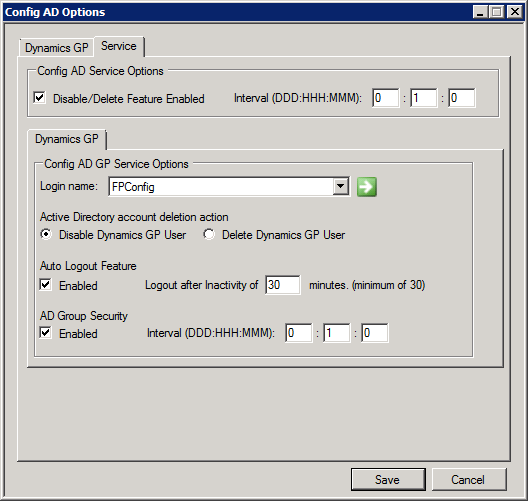
On this tab there are several options which can be enabled/disabled:
- Disable/Delete Feature Enabled – When this option is enabled a choice can be made as to the interval the process cycles at and whether Dynamics GP users should be disabled or deleted when the AD account is deleted.
- Auto Logout Feature – This option will logout users after the specified number of minutes inactivity.
- AD Group Security – This option will provision new users and assign/revoke access to GP users based upon AD Group membership of AD Groups that are setup in Config AD for GP access
As well as the above options, you also need to specify the Login name that should be used to access SQL Server.


